Newport Harbor Walk
The History of Newport’s Waterfront and Public Access
Long before Newport became known as a tourist destination, it was originally known as one of the busiest seaports in the colonial era due to its deep and protected harbor. As a seaport, Newport was busier than either New York or Boston. Newport was the capital of the state and it was the fifth largest city of the colonies. Newport has one of the oldest working waterfronts in all of the country; it is more than 375 years old and for over 200 of those years it looked essentially the same.
Because titles to Rhode Island lands rested only on Indian deeds, neighboring colonies began to covet them. Dr. John Clark one of the original RI founders was commissioned to secure a document from the new king, Charles II. In 1663 the King Charles Charter reassured Rhode Islanders freedom of religious worship and freedom to govern themselves. It also strengthened RI’s territorial claims and granted Rhode Islanders greater autonomy and freedom when compared to the other American colonies.
Map of the built and unconstructed segments of the Newport Harbor Walk
Key:
Blue
Handicap Accessible
Green
Built & Operational
Red
Under Construction
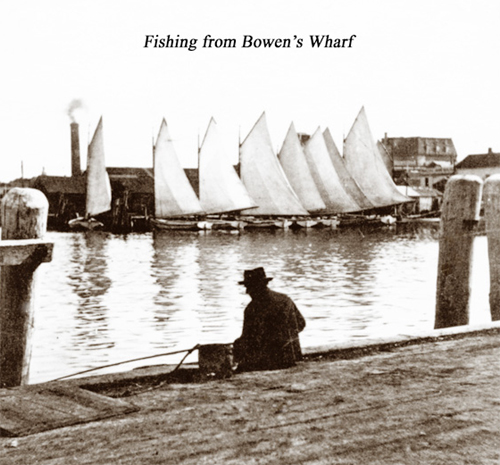
The King Charles Charter also established the first right of public access by granting fisherman’s rights to the shoreline due to the economic importance of what seemed to be Newport’s limitless abundant fishery.
The harbor, the climate, the beauty of its location, the richness of its soil and its flourishing trade all contributed to a growing population. Newport’s merchants, fishermen and farmers, who gathered seaweed at the shore to fertilize their fields, all depended on easy access to the shore to ply their respective trades.
During this time the waterfront bustled with activity with over 150 separate wharves and hundreds of shops crowded along the harbor between Long Wharf and the southern end of the harbor. As Newport’s trade throughout the Atlantic basin grew, the city became an epicenter in the development of modern American capitalism. Because of the burgeoning import trade Newport was called the Emporium of Rhode Island during this period and wealth abounded.
Newport continued to prosper throughout the seventeenth and eighteenth century.
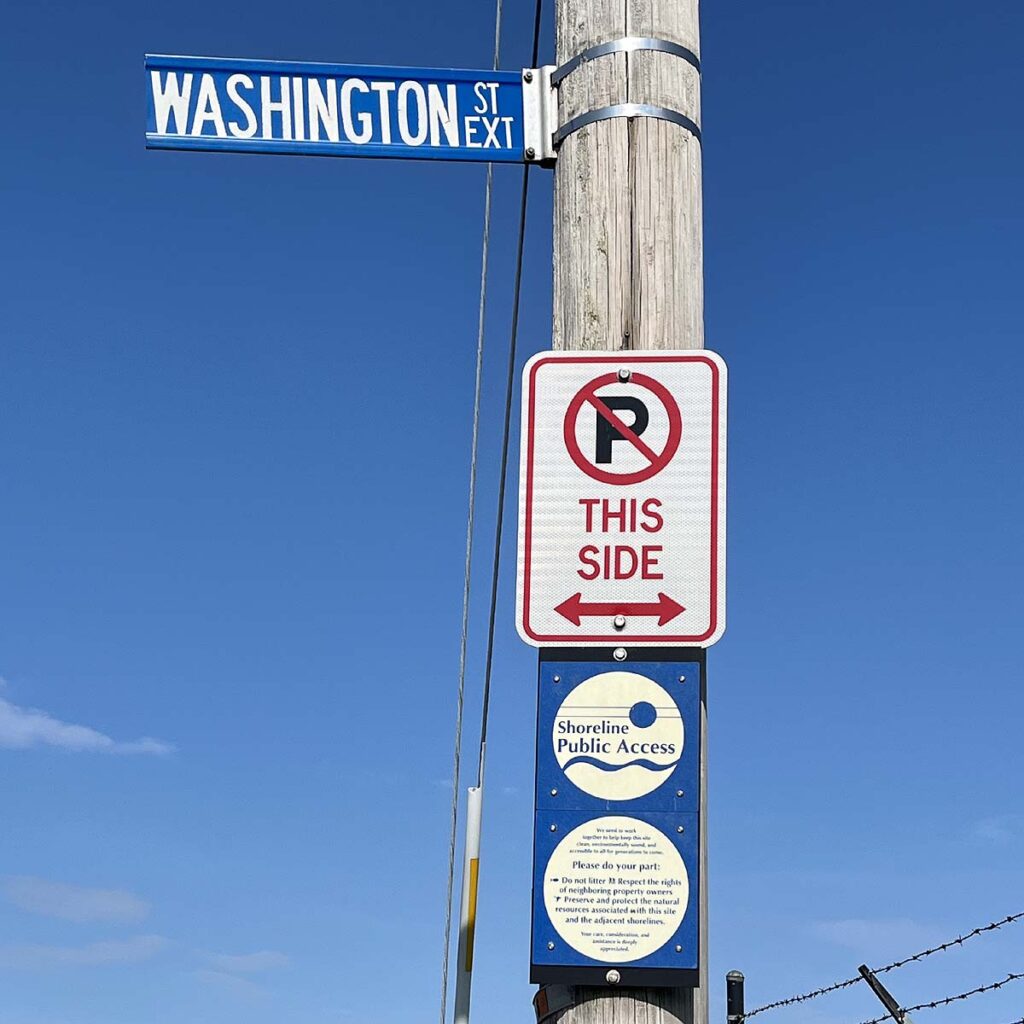
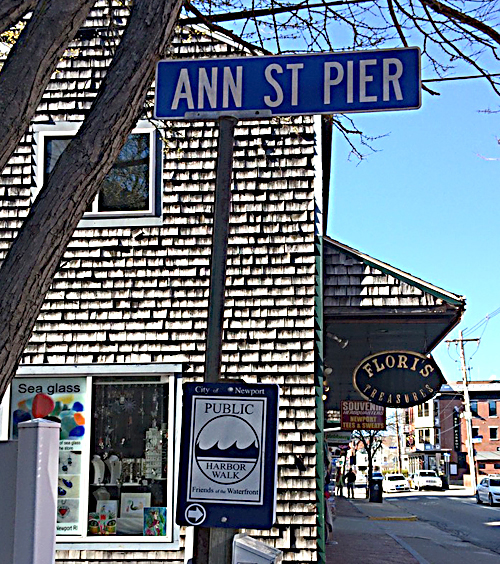
Because Newport was bypassed by industrialization; as a result, its landscape became frozen in time.
The island community‘s economy turned around finally when the city became a popular summer seaside destination among the affluent families from the South, New York, Boston, and Philadelphia. Several large hotels had been built in the three decades before the Civil War, but by the 1870s more and more summer colonists chose to build their “cottages” with ocean vistas closer to the beaches.
Newport’s social prominence was about to begin. From about 1870 to World War I, the wealth of Newport society became world famous and it attained a level unmatched in any other summer resort. The rise of a leisured class directly benefited the city and Newport became a class-segregated community. As the socially elite began to flock to Newport and build summer homes, a huge demand for laborers, carpenters, masons, cooks, gardeners and servants followed. Newport underwent a drastic regeneration where the population swelled with the influx of many immigrants who filled those jobs.
Newport’s history has always been tied to the sea
Whether it was during the colonial period when the city’s harbor teemed with trading ships or with the arrival of the summer colonists and the New York Yacht Club when Newport was propelled as the ‘sailing capital of the world’. Today, Newport continues to attract visitors for the same reasons it did when the first settlers arrived on its shores: they sail to Newport’s deep harbor and they marvel at the splendor of the landscape.
The Newport Harbor Walk was originally conceived by Friends of the Waterfront over 34 years ago when concern that heavy development would block public access to this historic waterfront. Thanks to the work of Friends of the Waterfront, most of these areas are still accessible. The Friends of the Waterfront Public Harbor Walk signage and the URI Sea Grant map will help keep you on course to make your trek down all these historic wharves along the 2.5 mile Harbor Walk.
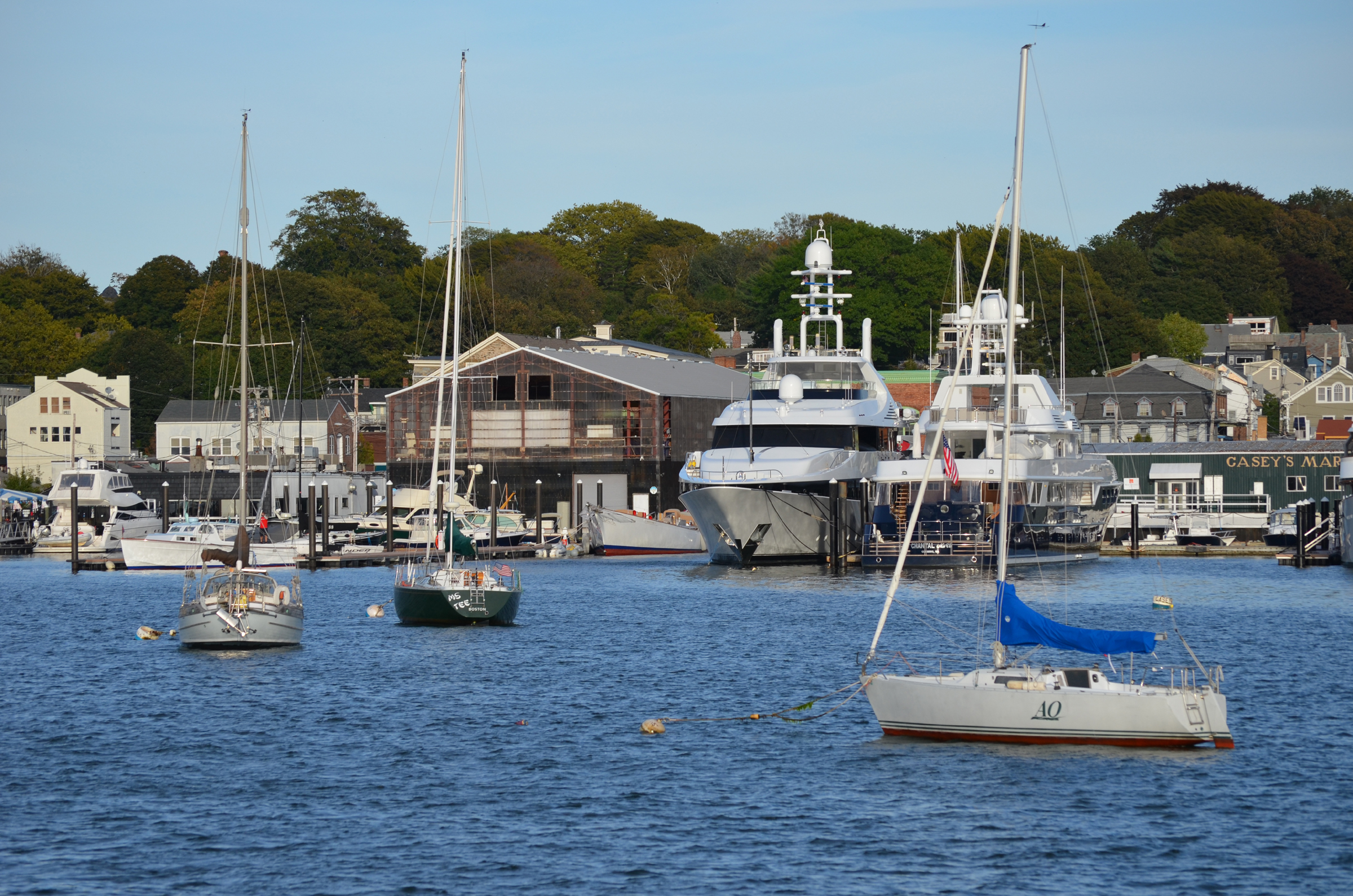
The walk is broken into two sections consisting of:
- Main Harbor or Harbor Walk South
- The Point neighborhood and Goat Island or Harbor Walk North.
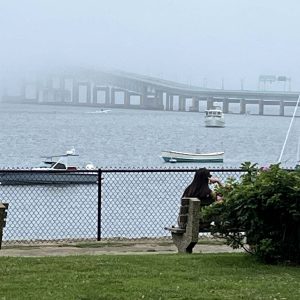
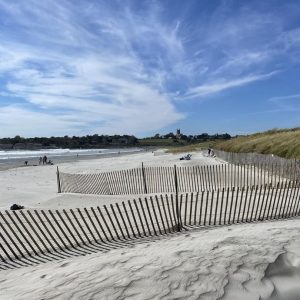
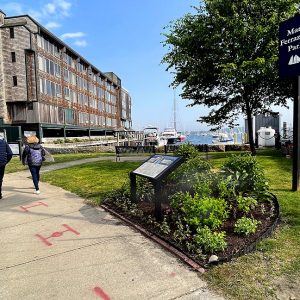
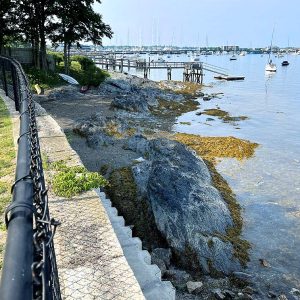
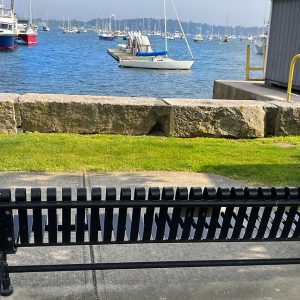
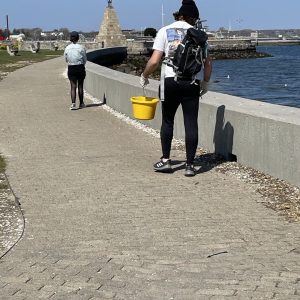
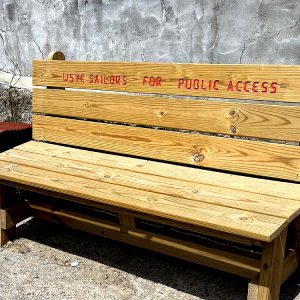
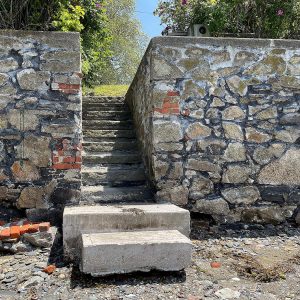
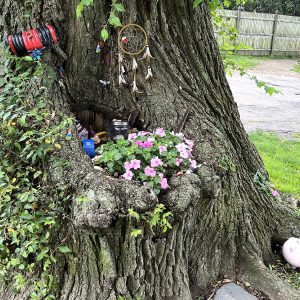
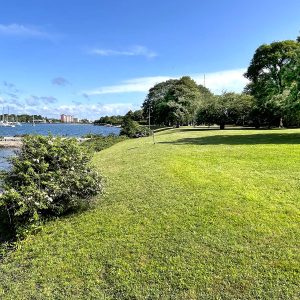
VISIT
HARBOR WALK SOUTH
Harbor Walk South includes the main harbor and it is here where all the waterfront activity takes place.
There is a wide medley of activities from boating, sailing, entertainment, history, and night-time action. Here you will find the typical New England waterfront that today mixes a large and active commercial boatyard and also offers everything from t-shirts, to trendy boutiques, to antique shops, to “chowda”, to tall ship sailing, a yachting museum along with a yacht restoration school. While Harbor Walk South is just over two miles from Stone Pier at King Park to the Newport Shipyard remember that walking round trip is over four miles!
VISIT
HARBOR WALK NORTH
Harbor Walk North covers Goat Island and Newport’s historic residential Point Section which was the original colonial center of the city and waterfront.
While the British destroyed much of Newport’s colonial waterfront, this section of the city has retained a surprisingly large number of colonial homes dating back to the 1700s.

Watchdogs of the Waterfront
Friends of the Waterfront (FOW) is a grass roots 501(c)(3) non-profit organization founded in 1982 by concerned Newport citizens to insure continued public access to the Newport harbor front and shoreline. The major areas of concern at that time are with us today.
- Friends of the Waterfront (FOW) P.O. Box 932 Newport, RI 02840
© Friends of the Waterfront 2023
FOW is a 501(c)(3) non-profit organization. EIN # 22-2570956